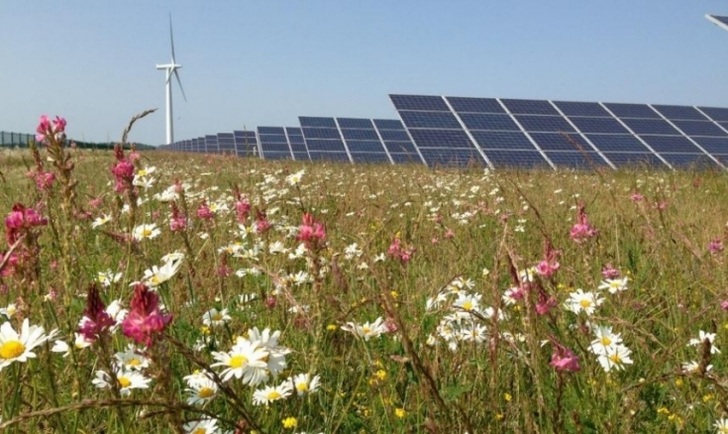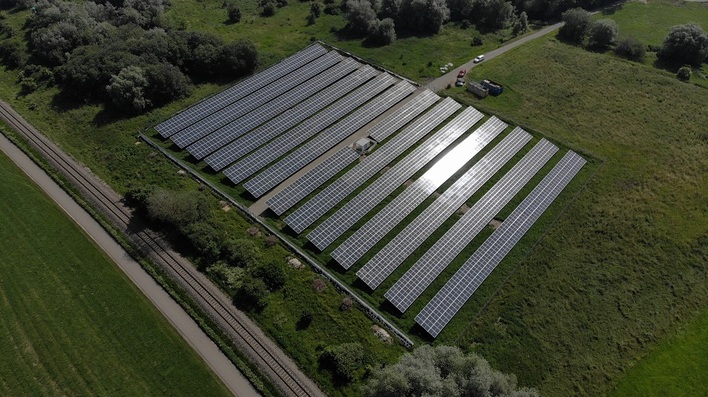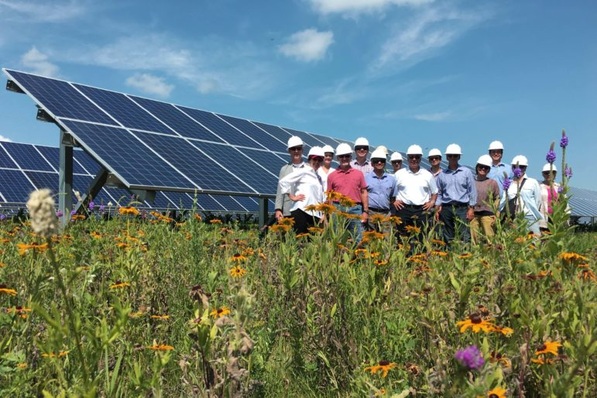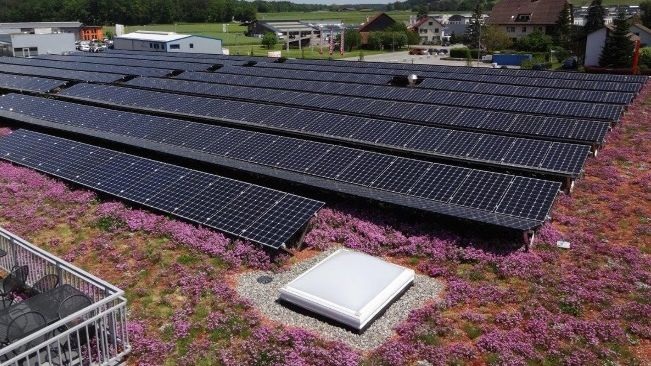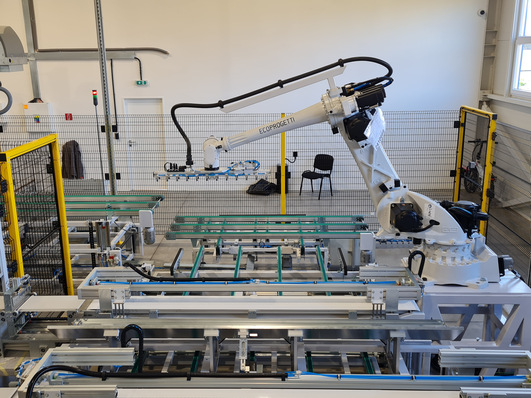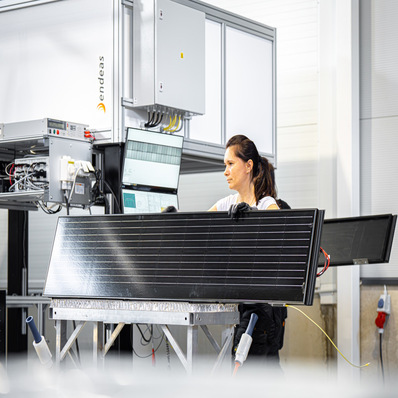A new report “The Natural Capital Value of Solar” by the Solar Trade Association, endorsed by the Natural Capital Coalition, the Centre for Alternative Technology, and Ashden, sets out best practice case studies of well-designed and well-managed solar farms which deliver broad benefits for British biodiversity and sustainable agriculture. Recent biodiversity audits on solar parks owned by STA members found six times more pollinators than in adjacent fields.
The best-practice case studies by STA members Next Energy Capital, Foresight Group, Bluefield LLP, Low Carbon and Greencoat Capital, demonstrate a wide range of ecosystem services that quality solar parks can provide including; biodiversity and habitat provision, flood mitigation, carbon storage, soil erosion mitigation, community engagement and pollination for food provision. Some of these were verified by external ecological auditors.
Solar Park Impacts on Ecosystem Services tool
The STA has also contributed to the development of a major new tool to inform management actions on and around solar parks; the Solar Park Impacts on Ecosystem Services (SPIES) tool. This is a joint initiative of Lancaster University and the University of York, funded by the Natural Environment Research Council. The SPIES tool, which is summarised in the report and freely available, draws on over 700 pieces of evidence from over 450 peer-reviewed scientific publications on management actions in support of ecosystem services.
Report author Nicholas Gall said; "Wildlife and plant species face profound threats today which are compounded by climate change. The Solar Trade Association is determined to promote best practice in the development and management of solar parks so that our industry helps to turn around prospects for nature while slashing millions of tonnes of carbon emissions. This report shows that, when real care is taken, solar farms can deliver tremendous benefits for wildlife, pollinators and even sustainable food production. Going forward it will now be easier for all developers to match the best practice examples demonstrated by our members thanks to the new SPIES tool."
Alona Armstrong of Lancaster University said; “Short of setting aside land for conservation, solar parks arguably offer more potential than any other land use change to deliver much needed natural capital and ecosystem service benefits. Solar park management will be better informed in future by our new Solar Parks Impacts on Ecosystem Services (SPIES) tool, which is underpinned by a large body of scientific evidence and co-developed with key stakeholders. The SPIES tool is already being used by ecological consultancies and we look forward to seeing the broader response and subsequent upturn in natural capital in and around solar parks as its use spreads.”
Far-reaching benefits for nature through solar parks
The report highlights a wide number of interventions that can be taken on solar parks, from varied hedgerow and wildflower meadow creation to wetland development, to management for carbon sequestration and soil quality. Research cited in the report and in the case studies provided shows how far-reaching the potential benefits are for nature. Examples from the sites by STA members by include;
- A boost for rare species including moths, foraging bats, yellowhammers and grey-legged partridges when developers cultivate tree-rich hedgerows
- Increased fruit crop pollination for orchards close to wildflower meadows
- Significantly higher plant and invertebrate diversity on sites with open drainage
- Positive impacts on wetland bird breeding when artificial wetland features are introduced, as well as reduced nitrogen loads and enhanced pesticide filtration.
In one of the case studies by Greencoat Capital both amber and red-listed species of bird were observed including kestrel, meadow pipet, redwing and mistle thrush.
Long-term protection for wildlife with little human disturbance
There are just over a thousand solar farms in the UK which collectively take up a mere 0.06% of land area, considerably less land space than either airports or mines. Developed sites offer long-term protection for wildlife over 30-40 years, requiring little human disturbance. Solar farms are temporary, light-impact structures usually affecting less than 5% of the ground area with fixings and civil works.
The STA is keen to see the role of solar parks recognised in biodiversity and pollinator strategies, in the development of wildlife corridors and for the enhancement of sustainable agricultural practices.
The new report, case studies and SPIES tool can be freely accessed through the STA's webpage on solar park biodiversity and they will be of value to policy-makers, local authorities, community energy groups and developers. (HCN)

